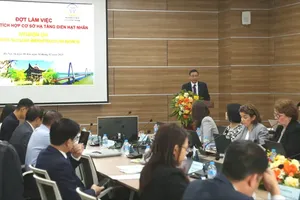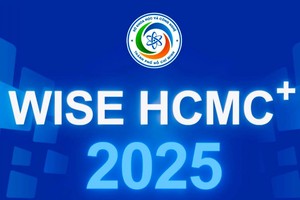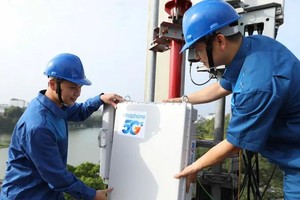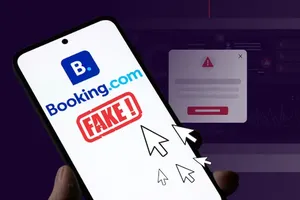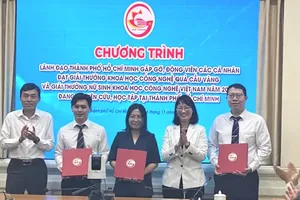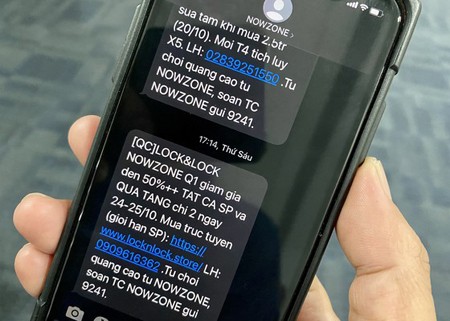
According to Decree No.91, advertising messages, advertising emails, advertising calls are messages, emails and calls that are meant to introduce profitable/non-profitable products and services and their sellers to the public; except news; social policies; personal information; customer service messages of telecommunication enterprises. They are unwanted to recipients, and therefore must be stopped if receivers feel annoyed.
This Decree makes sure that users of telecommunications devices are well protected while advertising companies can launch their marketing campaigns in accordance with the law.
The Vietnam Telecommunications Authority reported that in the last 3 months, phone network carriers have blocked the calling function of 34,700 subscribers (16,000 just in September) making spam calls and stopped over 9 million fake calls.
Identifying a spam call is done through 4 steps: finding a suspected subscriber who makes spam calls, verifying whether those calls are truly spam ones or not, stopping those calls, and providing proper customer care services as well as handling complaints.
At the moment, these steps are done via specific software to analyze big data and apply machine learning technology. The result of these processes becomes the proofs for both phone network carriers and related state authorities to proceed with corresponding punishments.
Simultaneously, phone network providers are welcoming reports from their customers about suspected numbers. In particular, call recipients can answer “Yes” or “No” for a message sent by the carrier asking if the call they have just received is a spam one or not. From these answers, any number that receives a lot of “Yes” feedback will be blocked by the carrier.
By saying “Yes” or “No” to the carrier’s message, phone users are joining their hand with the authorities in fighting against spam advertising calls and erasing spam numbers.
Ms. Thanh Van, a mobile phone user living in District 5 of Ho Chi Minh City, commented that this method is much more practical compared to other existing ways to block calls installed in phones now. Sharing the same idea, Mr. Thanh Dung, an officer in District 3, said that since the time of Decree No.91, the number of spam calls he received has significantly reduced.
Sadly, not many people are actively cooperating with phone network companies via this method, accounting for just 5-7 percent of sent messages.
For citizens to better collaborate with the authorities in fighting against spam calls and messages, the Vietnam Telecommunications Authority and telecoms enterprises are propagandizing necessary information at present.
Meanwhile, the free hotline 5656 has been introduced also to receive feedback regarding spam calls and messages. These are useful syntaxes:
· To report an unwanted advertising call: V [phone call number] [content of the call]
· To report an unwanted advertising message: S [number sending the message] [message content]
· To enter the list of blocking spam messages or calls (Do-Not-Call Register): DK DNC
· To withdraw a phone numbers from the Do-Not-Call Register: HUY DNC
· To forward an advertising message to 5656: FW [content of ad message]
At the moment, phone network carriers are implementing their own methods to stop spam messages.
MobiFone allows its customers to send a message with the syntax TC to 9241 or call 18001090 to stop receiving advertising messages. Similarly, Viettel subcribers can send a message with the syntax TC to 199. VinaPhone customers can send a message with the syntax TC to 18001091 for the same function.
The Authority of Information Security is planning to post a periodically updated blacklist of IP addresses which deliver spam emails on the official website of the Ministry of Information and Communications. Businesses and individuals can use this list to develop their own methods of stopping spam emails.
Finally, Decree No.91 formally increase financial punishments to VND5-100 million (approx. US$216-4,300) for any call, message, or email sent to numbers in the Do-Not-Call Register, to Internet users without their approval. Also, these violators will have their number or email address withdrawn.
A telecoms company or Internet provider may be fined up to VND170 million ($7,340) if it does not apply any solution to stop spam calls, messages, and emails or does not withdraw spam numbers, email addresses in accordance with requests of authorized state offices.









